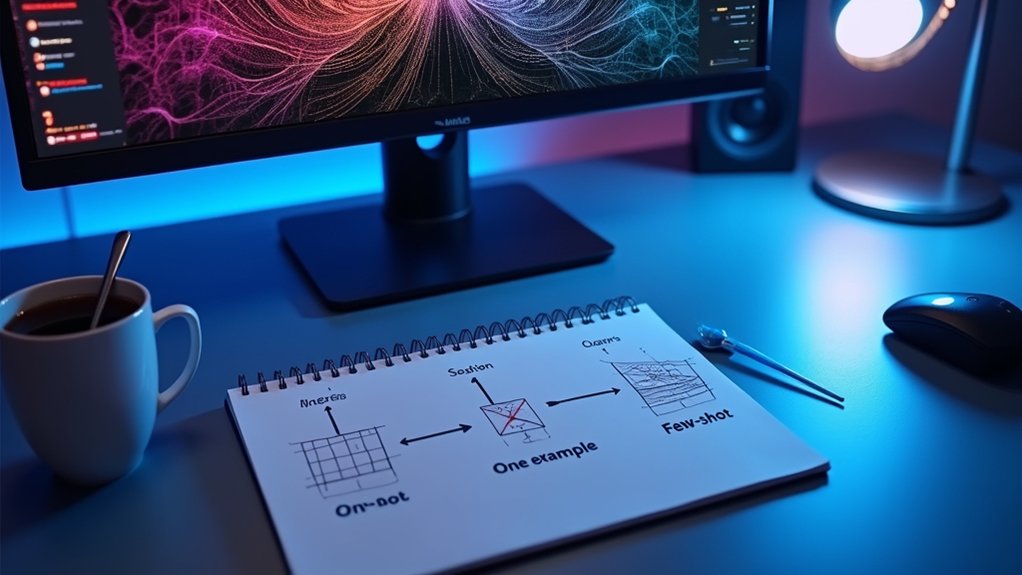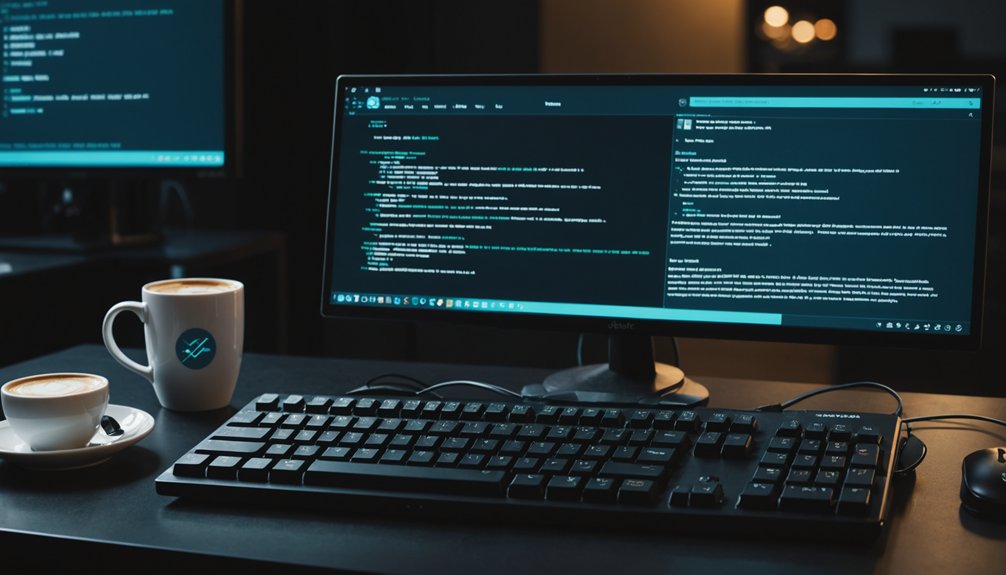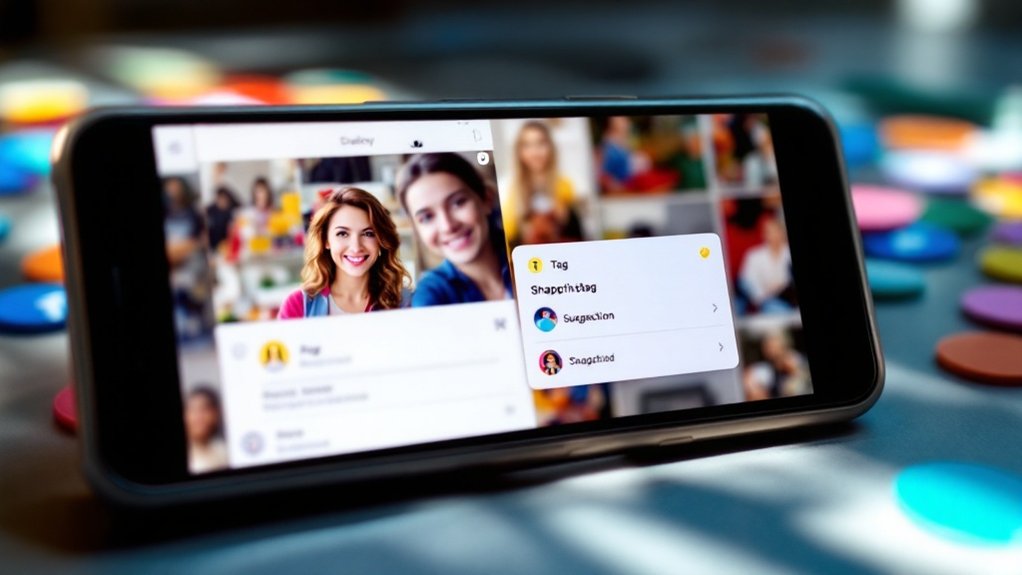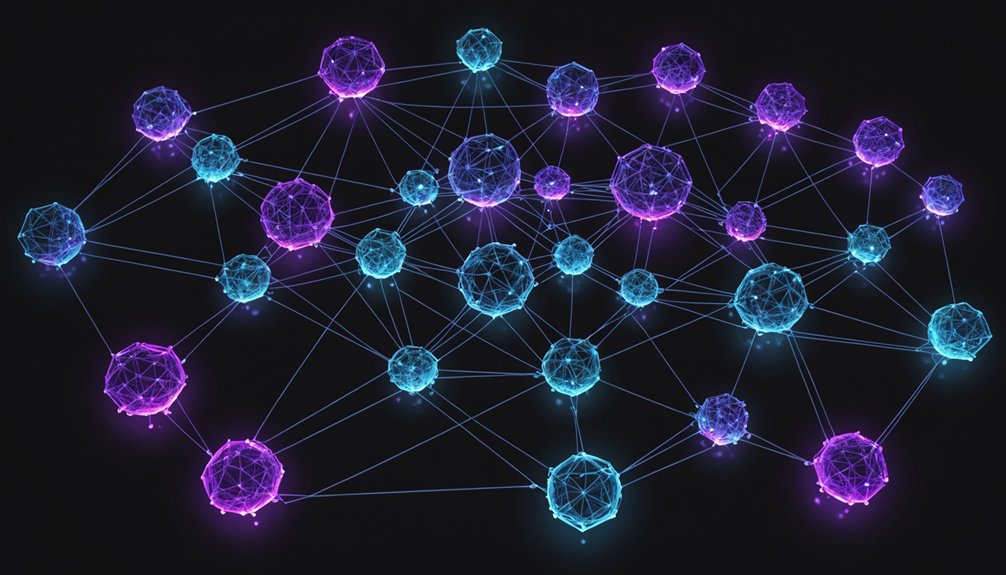Shot-based prompting teaches AI like you'd train a dog. Zero-shot prompting gives no examples, one-shot prompting offers a single example, and few-shot prompting provides multiple examples to guide the AI. It's basically showing the model what you want rather than explaining it. Works for everything from basic questions to complex tasks. The right technique depends on your needs. Mastering these approaches reveals AI's true potential.

In the world of artificial intelligence, shot-based prompting stands as a game-changer. This technique isn't just another buzzword in the tech industry—it's a practical approach that helps AI models understand what humans actually want. By providing examples, developers can guide these silicon brains to produce more accurate outputs. Really, it's like training your dog, except this dog lives inside a computer and doesn't need treats. Textual prompts remain the most common form of interaction with AI systems.
Zero-shot is the bare minimum—no examples at all. The AI just takes its pre-trained knowledge and runs with it. Works great for simple stuff like "What's 2+2?" Not so great for nuanced tasks. Many data analysts work extensively with zero-shot prompting for basic queries and classifications.
One-shot prompting throws in a single example to point the AI in the right direction. It's like saying, "Here's what I want; now do it again." This approach helps clarify intent but sometimes leads to the AI getting fixated on that one example. This technique has a higher risk of ambiguity compared to few-shot prompting and may not perform well for complex tasks.
Few-shot prompting is where things get interesting. Multiple examples create patterns the AI can follow. It's fundamentally a mini-training session right in the prompt. Complex tasks become manageable. The AI can see variations and understand the underlying structure of what's being asked. This method shines when generating structured outputs or handling nuanced classifications. The approach is particularly valuable for creative applications like songwriting and artwork creation, where diverse examples can inspire unique outputs.
Choosing which technique to use isn't rocket science. Simple task? Zero-shot might do fine. Need something specific but straightforward? One-shot should work. Complex request with multiple facets? Few-shot is your friend. No need to overthink it.
The beauty of shot-based prompting is its practicality. It bridges the gap between what humans want and what AI can deliver. Industries across the board are adopting this approach for everything from content generation to data analysis. Shot-based prompting isn't just clever—it's necessary. Because let's face it, even the smartest AI could use a little guidance now and then.
Frequently Asked Questions
How Does Shot-Based Prompting Differ From Chain-Of-Thought Approaches?
Shot-based prompting uses examples to guide outputs, without explaining reasoning.
Chain-of-thought, meanwhile, walks through logical steps point-by-point.
Big difference. One shows what to do, the other explains how to think.
Shot-based is quicker, more efficient for straightforward tasks.
Chain-of-thought shines in educational settings where understanding the "why" matters.
Both approaches have their place.
Sometimes they work well together.
Depends on what you need, really.
Can Zero-Shot Prompting Work for Highly Specialized or Technical Domains?
Zero-shot prompting in specialized domains? Yeah, it's a mixed bag.
Works for basic technical tasks—barely. The model's pre-training often falls short when faced with highly specialized knowledge. No examples means no guidance.
For anything complex or nuanced, it simply can't cut it. Expect mediocre results at best.
Few-shot approaches are typically necessary for these domains. AI isn't magic, after all.
What Metrics Measure the Effectiveness of Different Shot Numbers?
Measuring shot effectiveness isn't rocket science. Researchers typically use accuracy and F1 scores for classification tasks, while BLEU and ROUGE assess text generation quality.
Human evaluation fills in gaps where machines fall short. Task-specific metrics vary wildly depending on complexity. Performance consistency across different shot numbers matters too.
Few-shot generally delivers more reliable outputs, but it's not magic. Example quality can make or break results.
Do Different AI Models Respond Differently to Shot-Based Prompting?
Different AI models absolutely respond differently to shot-based prompting. Architecture matters big time.
Larger models generally nail few-shot learning while smaller ones struggle. It's not rocket science—the pre-training data makes a huge difference too. Models trained on diverse content adapt better.
Task complexity? That's another factor. Some models just "get it" faster than others. Domain-specific models might need more examples for unfamiliar tasks.
Not all AI brains are created equal.
Are There Ethical Concerns Specific to Shot-Based Prompting Techniques?
Shot-based prompting raises several ethical red flags.
Biased examples lead to biased outputs—simple as that. Models can leak sensitive data if prompts aren't carefully crafted.
There's also the lurking danger of malicious actors using these techniques for generating harmful content.
Transparency? Often nonexistent. Users can't tell where responses really come from.
And let's face it, models sometimes just mimic examples rather than understanding the actual task.




